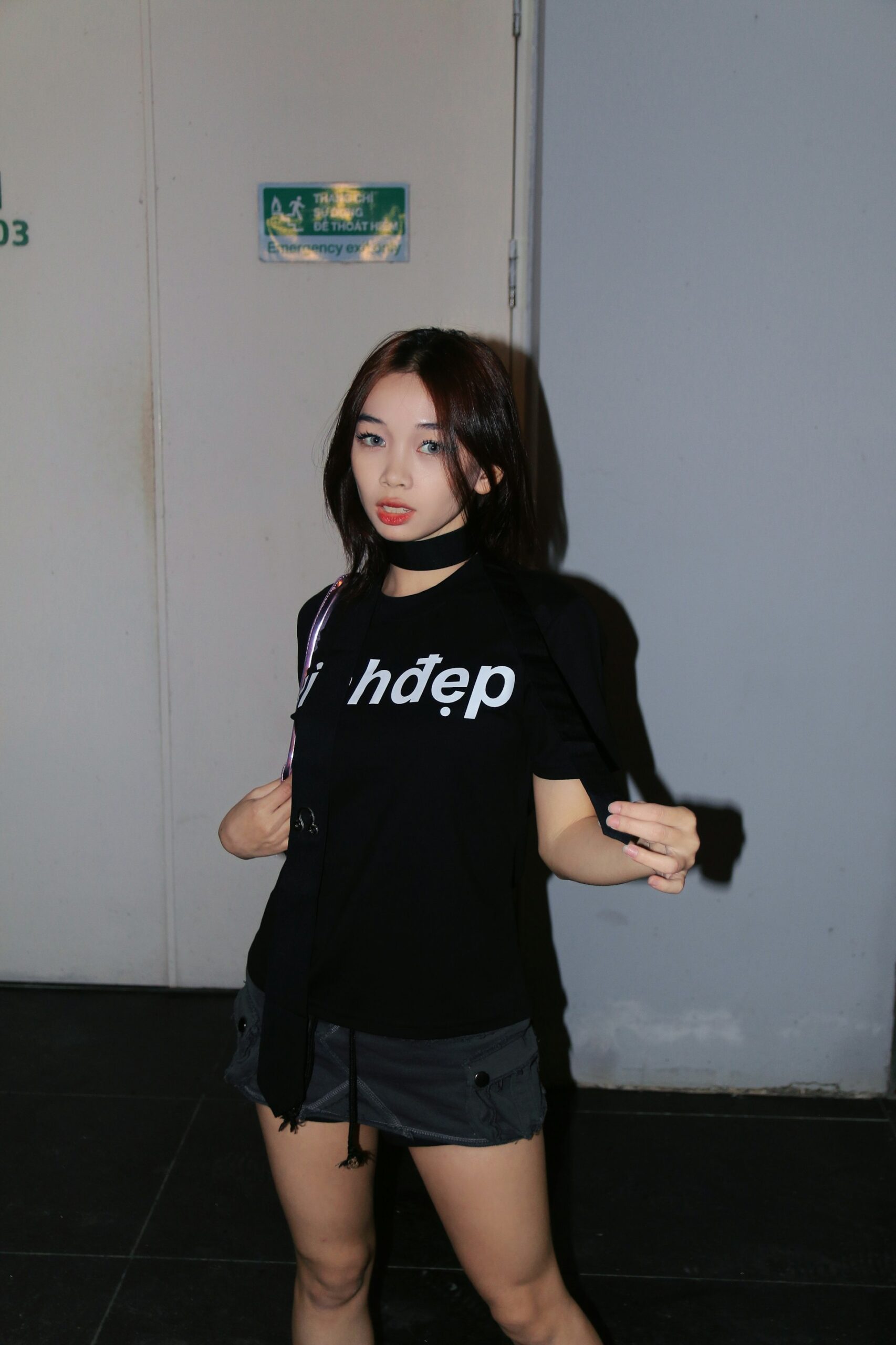How Social Media Is Shaping the Future of Entertainment: Trends, Strategies, and Opportunities

Photo by Erin Song on Unsplash
Introduction: The Evolution of Entertainment in the Social Media Era
Over the past decade, social media has emerged as the driving force behind major shifts in the entertainment industry. No longer limited to traditional mediums like television and film, audiences now engage with content in real time, foster direct relationships with creators, and shape the direction of trends themselves. This dynamic ecosystem offers new opportunities-and challenges-for creators, brands, and audiences alike. This article explores the key social media driven entertainment trends for 2025 and beyond, providing actionable insight, real-world examples, and implementation guidance for those looking to succeed in this rapidly evolving landscape.
1. The Rise and Evolution of Social Video
Video content continues to dominate social media platforms, with Americans now spending nearly an hour per day watching videos on social channels-a figure that has almost doubled since 2019 [1] . Platforms like TikTok, Instagram Reels, and YouTube Shorts have catalyzed this trend, making short-form video a staple for connecting with audiences. However, as audiences mature, there is also a renewed appetite for longer-form content and more original storytelling [2] .
To leverage this trend:
- Assess your target audience’s preferences-short, snappy videos for Gen Z, or longer, more immersive experiences for millennials and beyond.
- Experiment with both short-form and long-form formats to see what drives engagement.
- Repurpose video content for multiple platforms, tailoring the format and message as needed.
For example, makeup brand Cheekbone Beauty uses both short and long-form videos across YouTube, TikTok, and Instagram, adapting their content to each platform’s unique audience [3] .

Photo by Brett Jordan on Unsplash
2. Influencer Marketing and Creator-Led Content
Influencer marketing has become a cornerstone of social media-driven entertainment, with creators now transforming their large followings into real businesses. TikTok, for instance, has 1.5 billion monthly active users, and creators are increasingly monetizing their influence through product placements, affiliate marketing, and their own branded offerings [1] . The emergence of services such as TikTok dropshipping-where searches have increased by 8,200% in five years-demonstrates how influencer-led commerce is reshaping the entertainment economy.
Action Steps to Harness Influencer Trends:
- Identify creators whose audiences align with your brand values and campaign goals.
- Consider both macro and micro-influencers; smaller creators often have higher engagement rates and more niche, loyal audiences.
- Collaborate on authentic, platform-specific content that leverages trending audio, challenges, or interactive features unique to each network.
- If you’re a creator, explore direct-to-consumer opportunities, such as launching your own merchandise or digital products.
To find suitable influencer partners, you can search established influencer marketing platforms or reach out to creators directly through their verified social profiles.
3. Content Experimentation and Brand Storytelling
Brands are increasingly abandoning rigid consistency in favor of creative experimentation on social media. By testing new voices, formats, and personas, brands can capture attention and foster deeper audience engagement [4] . This “creative disruption” allows even the most traditional organizations to have fun and push boundaries, often resulting in more memorable and viral content.
Implementing Content Experimentation:
- Encourage your team to brainstorm and prototype unconventional content ideas.
- Leverage social media analytics to track engagement and iterate rapidly based on feedback.
- Balance creative risks with your core brand values to avoid alienating established audiences.
- Document successful experiments and scale them into larger campaigns.
For guidance, consider attending webinars or training sessions on content experimentation hosted by reputable marketing platforms. Many companies share their case studies and success stories on their official websites.
4. Integration of Artificial Intelligence (AI) and Personalization
Artificial intelligence is quickly transforming every aspect of social media-driven entertainment-from content creation to audience targeting and real-time engagement. AI-powered tools can now generate videos, personalize recommendations, and even automate customer interactions [2] .
How to Leverage AI in Social Media Entertainment:
- Utilize AI-driven editing tools to streamline video production and post-processing.
- Adopt social listening platforms that use AI to monitor trends, sentiment, and competitor activity.
- Personalize the user experience by leveraging platform-specific recommendation engines.
Many leading social platforms offer built-in AI features, and third-party solutions are available. When considering AI integration, always review privacy policies and platform guidelines to ensure compliance with data protection standards.
5. The Shift Toward User-Generated and Socially-Driven Content
One of the most significant changes in entertainment is the rise of user-generated content (UGC). Global platforms have become distribution networks where independent creators command as much attention as traditional studios. According to a 2025 survey, 56% of Gen Z and 43% of millennials find social media content more relevant than movies or TV shows [5] .
How to Participate in and Promote UGC:
- Encourage your audience to create and share their own content using branded hashtags or challenges.
- Highlight and repurpose standout user submissions on your official channels.
- Foster communities around shared interests, leveraging platforms’ group and forum features.
For brands and creators, the key is to make participation easy and rewarding. Consider offering shoutouts, small prizes, or co-creation opportunities with your community.
6. Opportunities and Challenges in the New Entertainment Landscape
While the opportunities for growth and innovation are abundant, the convergence of social media and entertainment brings several challenges:
- Algorithm Changes: Social platforms frequently update their algorithms, impacting content reach and engagement. Stay informed by following official platform blogs and industry news.
- Monetization: While new revenue streams exist, competition is fierce and platforms may change their monetization policies. Diversify your income sources to reduce reliance on a single channel.
- Brand Safety: User-generated and live content can pose risks. Implement moderation tools and clear community guidelines to safeguard your brand’s reputation.
- Privacy: As AI and data-driven personalization become more prevalent, transparency and compliance with privacy laws are critical. Review platform-specific privacy resources and consult legal counsel as needed.
To address these challenges, creators and brands should build adaptable strategies, remain up to date with platform policies, and invest in continuous learning through reputable educational resources.
7. Getting Started: Step-by-Step Guidance to Join the Trend
If you want to leverage social media-driven entertainment trends, follow these steps:
- Define Your Audience: Use platform analytics, industry reports, and social listening to understand your target demographic’s preferences.
- Choose the Right Platforms: Focus on 1-2 networks where your audience is most active. For example, TikTok and Instagram for Gen Z, or YouTube and Facebook for broader reach.
- Develop a Content Calendar: Balance trending formats (challenges, memes, viral audio) with original, long-form storytelling.
- Experiment and Iterate: Test different content types and learn from performance metrics.
- Engage with Your Community: Respond to comments, share user-generated content, and foster two-way communication.
- Monitor Trends and Adapt: Stay updated with industry news, platform updates, and audience feedback.
If you are new to content creation, many platforms provide free tutorials and community resources. You can also search for “social media content creation courses” or consult reputable marketing organizations for up-to-date best practices.
Conclusion: Embrace the Change
Social media-driven entertainment is redefining how stories are told, how brands connect with consumers, and how individuals build influence-and income-online. By understanding and acting on the latest trends, creators and businesses can position themselves at the forefront of this exciting landscape. Whether you’re an established brand or an aspiring creator, now is the time to harness the power of social media for entertainment and growth.
References
[1] Exploding Topics (2024). 8 Top Entertainment Trends (2024 & 2025).
[2] Later (2025). 10 Social Media Trends to Watch in 2025 and Beyond.
[3] Sprout Social (2025). 10 social media trends you need to know in 2025.



